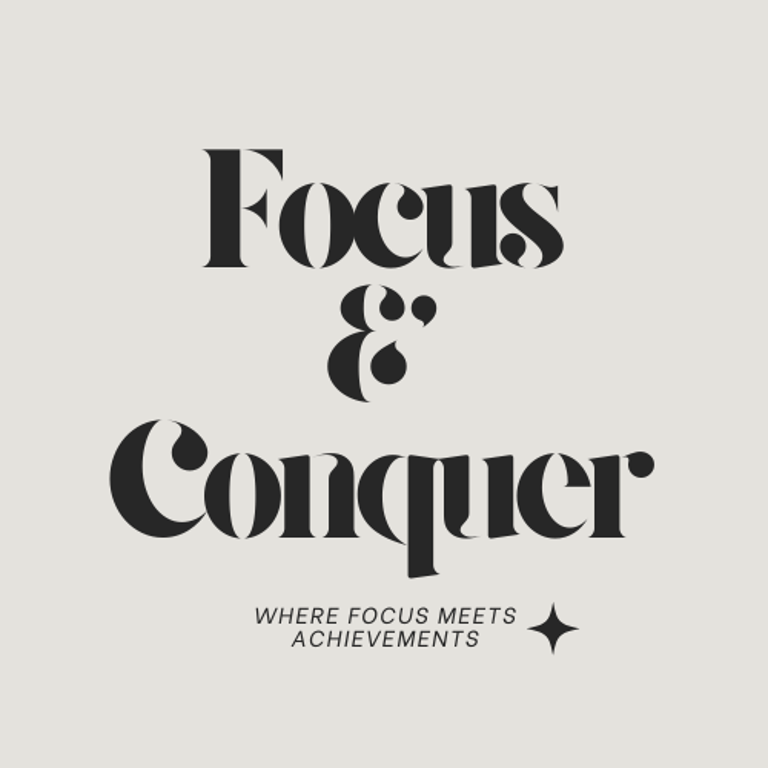Top 5 Budgeting Mistakes and How the Financial Freedom Toolkit Helps You Avoid Them
Avoid the top 5 budgeting mistakes that keep you stuck. Learn how the Financial Freedom Toolkit can help you save smarter, track expenses, and finally stick to your budget with confidence.
4/2/20253 min read


I used to think budgeting was just about cutting lattes and staying in on weekends. I’d sit down with a notebook, write out my expenses, and promise myself I’d stick to a strict plan. But two weeks later, I’d be right back where I started—confused, frustrated, and wondering where all my money had gone.
Budgeting, I realized, isn’t just about discipline. It’s about strategy. And more importantly, it’s about building a system that works for you, not against you.
When I created the Financial Freedom Toolkit, I poured all those frustrating lessons into something that would actually make sense for people like me—who wanted control, but didn’t want to live in fear of spending.
Let’s walk through the five biggest budgeting mistakes I used to make (and that most people do too)—and how the toolkit can help you avoid every single one.
Mistake #1: Not Setting Clear Financial Goals
I used to budget just to “save money,” without a real target. It’s like trying to run a marathon without knowing where the finish line is.
Why it’s a problem: Without a goal, it’s hard to stay motivated. Saving $100 feels pointless when you don’t know what it’s for.
How the Toolkit Helps: The Savings Goal Planner helps you set specific, measurable goals—like saving $2,000 for a vacation, or $500 for a new laptop—and breaks them down into weekly and monthly action steps.
Mistake #2: Underestimating Everyday Expenses
I can’t tell you how many times I’d write down my “estimated” grocery bill… only to spend double. Or forget things like parking fees, birthday gifts, and little Amazon splurges.
Why it’s a problem: These hidden costs sneak up on you and blow up your budget.
How the Toolkit Helps: With the Expense Tracker, you can log every purchase (yes, even the small ones), categorize them, and spot patterns. Once I started tracking honestly, I found $150/month I didn’t know I was spending.
Mistake #3: Making the Budget Too Complicated
In an attempt to be “thorough,” I once made a color-coded spreadsheet with 27 categories. Guess how long I used it? One week.
Why it’s a problem: Overcomplicating your budget makes it harder to stick to. The more mental friction, the more likely you’ll give up.
How the Toolkit Helps: The Monthly Budget Template is simple, flexible, and intuitive. It includes only what matters—income, essentials, savings, and a bit of fun. No math degree required.
Mistake #4: Ignoring Emergency Funds
I spent years budgeting without even thinking about emergencies. Then one month, my car broke down—and my whole budget imploded.
Why it’s a problem: Without a buffer, one unexpected expense can undo months of progress.
How the Toolkit Helps: The Emergency Fund Builder makes it easy to set aside a little each week. You can literally see your safety net grow, which is super motivating.
Mistake #5: Not Reviewing or Adjusting the Budget
I used to treat my budget like a set-it-and-forget-it document. But life isn’t static—things change, and your budget has to adapt.
Why it’s a problem: Without regular reviews, you miss opportunities to optimize—and fail to catch leaks before they sink the ship.
How the Toolkit Helps: With built-in Monthly Check-In Pages, you can reflect on what worked, what didn’t, and make small shifts that keep your momentum going.
Final Thoughts: Budgeting Isn’t About Perfection
Here’s the truth: you’re going to make mistakes. We all do. But when you have the right tools, those mistakes become stepping stones.
The Financial Freedom Toolkit isn’t about rigid rules—it’s about giving you structure, clarity, and most of all, peace of mind. Because budgeting should make you feel empowered, not punished.
If you’re ready to ditch the chaos and build a budget you can actually stick to, click here to grab your toolkit now. Your future self will thank you.
